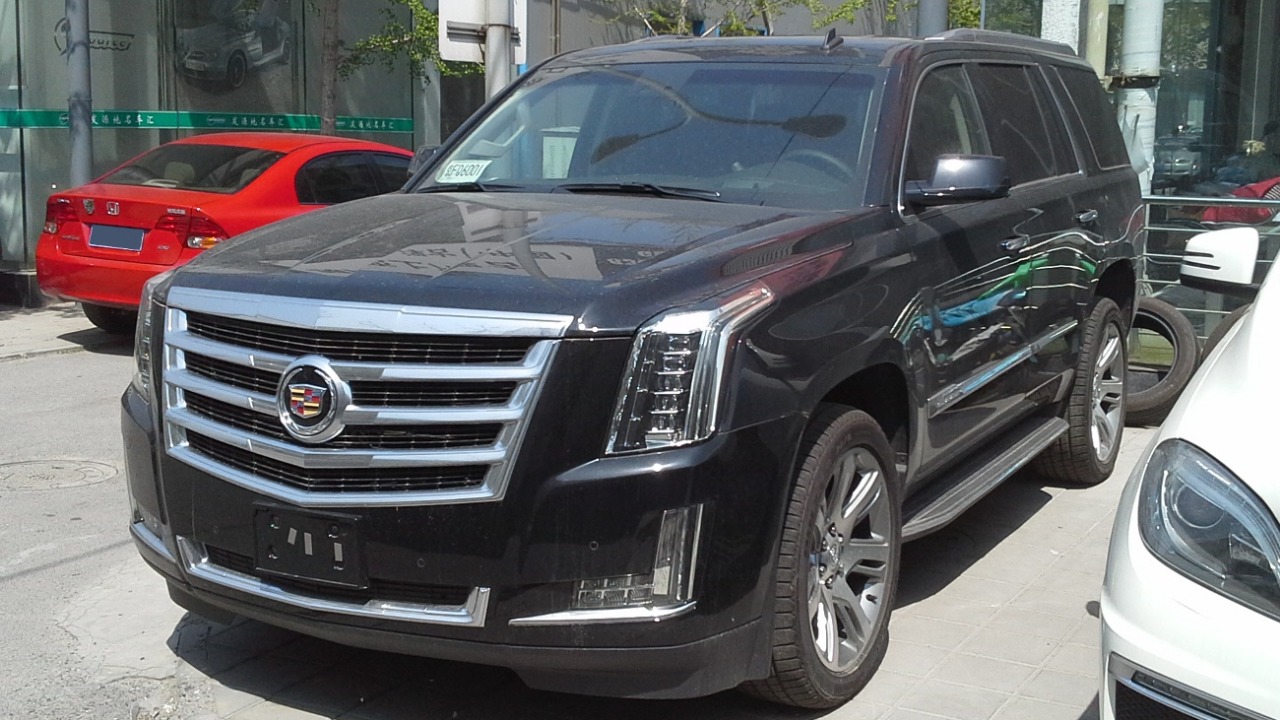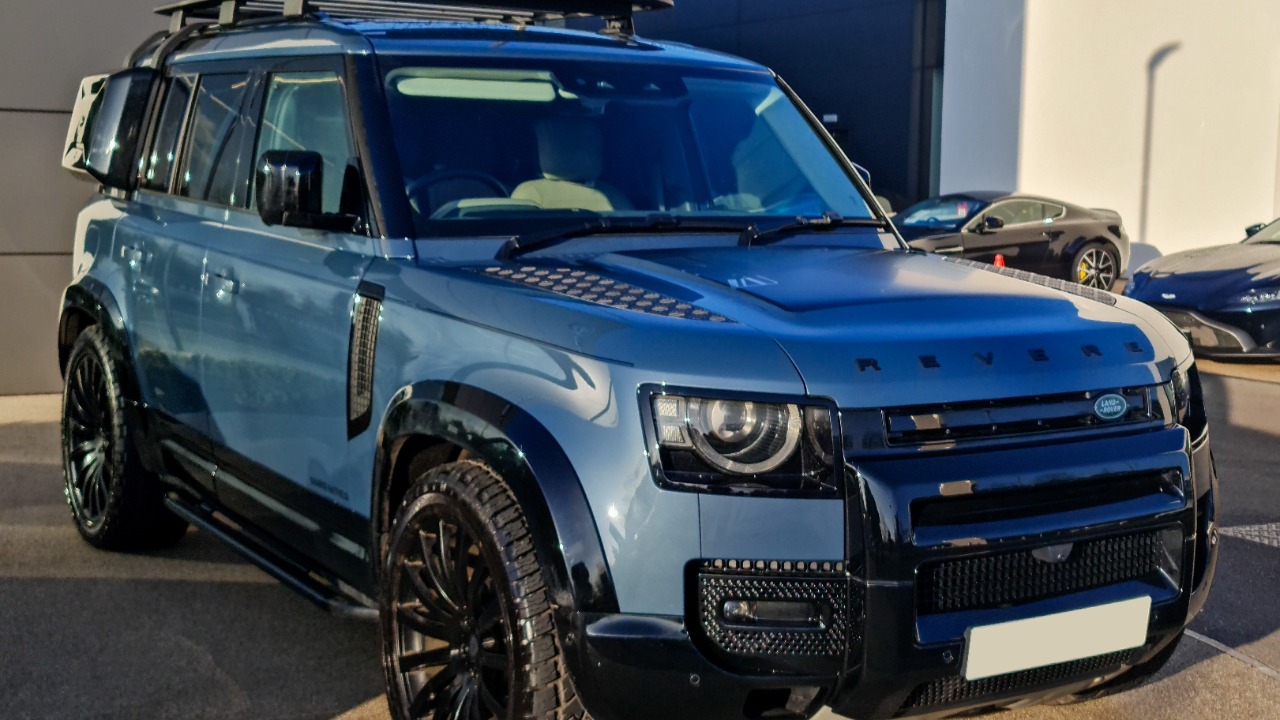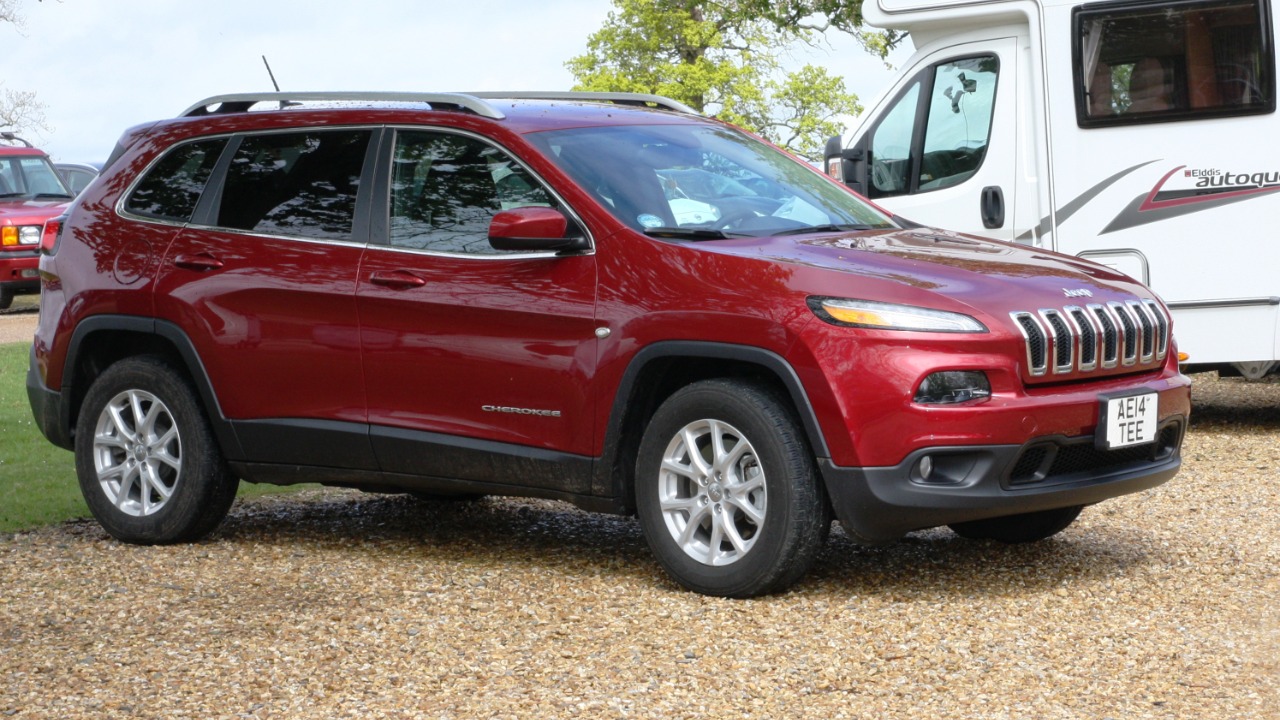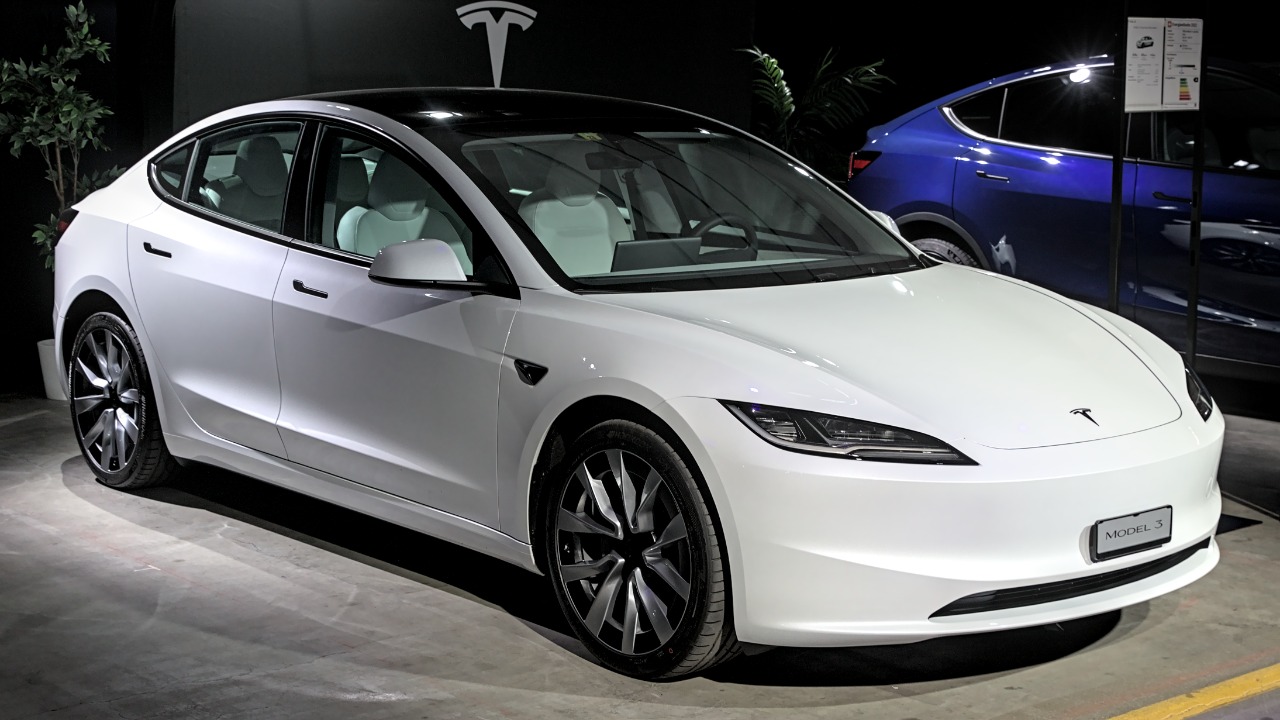
As we steer into the age of high-tech automobiles, a new facet of vehicle security has emerged—cybersecurity. Just like computers and smartphones, modern vehicles can also be susceptible to hacking, with certain models and systems being more vulnerable than others. However, innovative technology is continuously being developed to make some vehicles virtually unhackable.
The Most Hackable Vehicles: An Overview of Vulnerable Models and Systems

While all modern vehicles use some form of computer systems, certain models have been identified as particularly vulnerable to hacking. Notably, the 2014 Jeep Cherokee was famously exploited by hackers, who were able to take control of the vehicle’s entertainment system and even disable its brakes. Other models with similar vulnerabilities include the 2015 Cadillac Escalade and the 2014 Infiniti Q50. Detailed information about these and other vulnerable vehicles can be found in this study.
The key vulnerabilities in these vehicles often lie in their infotainment systems, which are usually connected to the vehicle’s main electronic control units (ECUs), allowing potential backdoor access to critical systems. More about these vulnerabilities can be learned from this research article.
Unhackable Tech: Innovative Security Features in Modern Vehicles

The potential risks associated with vehicle hacking have spurred the development of advanced security features. Tesla, for instance, is renowned for its efforts in making its vehicles’ systems unhackable. The company even runs a ‘Bug Bounty’ program, encouraging ethical hackers to find and report potential vulnerabilities in their systems.
Other manufacturers are also incorporating advanced security features. For instance, the 2020 Land Rover Defender comes with a Software-Over-The-Air (SOTA) system, that allows updates to be downloaded and installed remotely, reducing the risk of outdated software vulnerabilities. More insights can be found in this paper.
The Danger Zone: Potential Risks and Consequences of Vehicle Hacking

The risks involved in vehicle hacking extend beyond mere inconvenience. A hacker with control over a vehicle’s systems can potentially cause accidents, steal sensitive data, or even use the vehicle in committing crimes. The infamous Jeep Cherokee hack demonstrated that even vital safety systems could be compromised.
More comprehensive analysis of hacking risks and potential consequences can be found in this report.
Future of Vehicle Cybersecurity: Trends and Predictions for Enhanced Protection

The future of vehicle cybersecurity looks promising, with new technologies such as blockchain and machine learning being explored for potential applications in this field. These technologies could potentially make vehicles even more resistant to hacking.
Manufacturers are also expected to focus more on cybersecurity in their future models, with some even considering it as a selling point. More about this can be gleaned from this article.